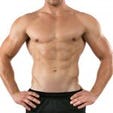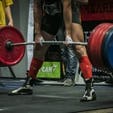Big, strong, conditioned, and agile, Juan Leija is a walking billboard for what Onnit’s fitness philosophy can do for your body (if you choose to take it that far). But if you don’t know Juan personally, you probably don’t understand what he can do for your life apart from kettlebells and sweatpants.
With this interview—part of our ongoing Onnit Stories series, in which we profile an individual who’s made some inspiring life change with Onnit’s help—we’ll help you get familiar with Onnit Gym’s Director of Fitness Programming, and one of the brand’s longest-standing champions. Leija’s involvement in fitness precedes Onnit’s birth, and he’s been growing alongside the company for more than 10 years now, playing a major role in building the Onnit Gym to what it is today, as well as developing the Onnit in 30 streamable workout series. Here, he explains how he came to be one our most sought-after trainers, and why working with him will benefit much more than your muscles.
See below for the full video interview with Juan (as conducted by Shane Heins, Onnit’s Director of Fitness Education). We’ve also included an edited transcript of some of the highlights. You can stay up to date with Onnit Stories by following Onnit’s Instagram TV (IGTV), where a new one appears every Wednesday.
Shane Heins: I like to start these interviews looking at when the person’s journey intersected with Onnit, but you’re a unique case because you did what you do before Onnit was born, and you have been an integral part of its growth from the beginning. Can you share your story of where you were before, and what precipitated your journey with Onnit?
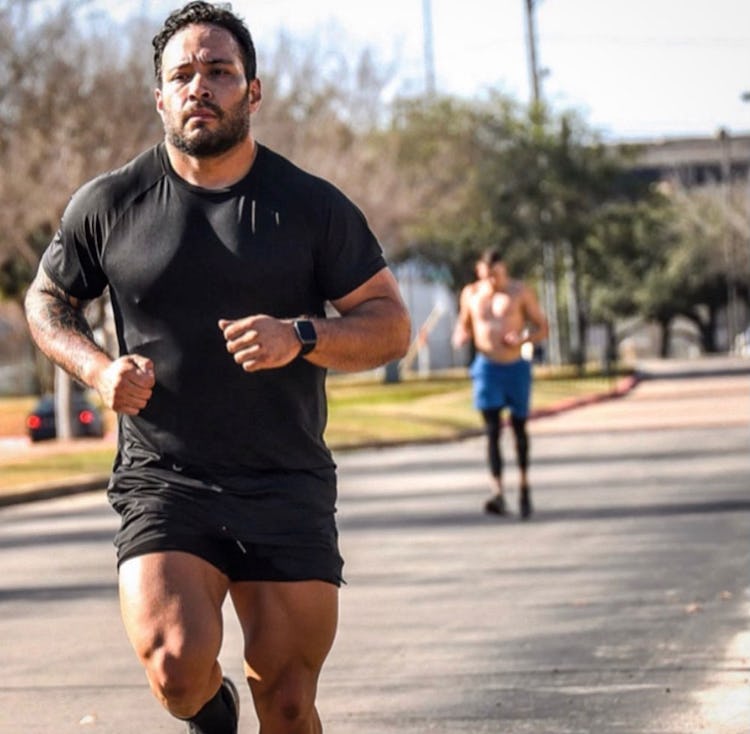
Juan Leija: Before Onnit, I was already training people. I was working at Gold’s Gym in Austin, and Lifetime Fitness, just doing my own thing. At that time, I was going to college, aiming to become a physician assistant. I was taking, I guess you would say, the money route. That was what I thought I had to do to be financially stable in life. I don’t come from a very privileged family, so my goal was always to be financially stable. My aunt is a doctor, and she paved the way. She’s an immigrant, and was the first person in my family that really had success, and it was in the health field. So, I figured I’d follow that track. But ultimately, that wasn’t what I was the most passionate about.
I finished my schooling, graduated from Texas State, and Aubrey Marcus—founder of Onnit—stopped me. We had been friends for a while, and he said to me, “Don’t go to physician assistant school. You have a passion for fitness, and I know there’s something there for you to do. You just have to follow that.” I have to thank Aubrey for believing in me. He said, “You could just train people out of my garage. Don’t train at Gold’s anymore.” Even though it was purely supplements in the beginning, he had this vision of Onnit having a fitness department, so he gave me the opportunity to help start one.
I then started training people who worked at Onnit. I also began providing video content and filling orders in the warehouse. Man, it was a grind. Whatever needed to be done, I was always game to do it. Eventually, when Onnit got an office building, Aubrey set aside a room for me to train my clients. It kept growing and growing, until Onnit opened up its gym.
I liked the idea of us having our own gym, but I told Aubrey that running a gym was outside of my realm, so he brought in John Wolf [Onnit’s Chief Fitness Officer], and John brought in Shane Heins. We put all the right pieces together, opened the gym, and the rest is history.
But none of it would have been possible if Aubrey hadn’t believed in me from the beginning. I’m forever thankful for that.
Over time, I became more than a personal trainer—I became a coach. Thanks to you, Shane, and John making me take certifications, I built my skill set and started applying it with my clients. I wasn’t just giving people workouts anymore; I started connecting with them on a personal level, and trying to help them get better as people. And as much as I’ve helped my clients, they’ve helped me. From training thousands of people, I’ve learned how different people work. I’ve learned their personalities. Something might motivate this person that doesn’t work for another person.
I really grew from, “Hey, do this workout,” to “I’m not just giving you a workout. I care about your success, in and out of the gym.” If you’re a client of mine, I care about your family. I care about what you’re doing in your life. I want you to be not just physically strong, but mentally strong as well. I want you to be crushing it at work. I want you to use all the tools you develop with me to live a better life.
What is your advice to someone who wants to get into the fitness field?
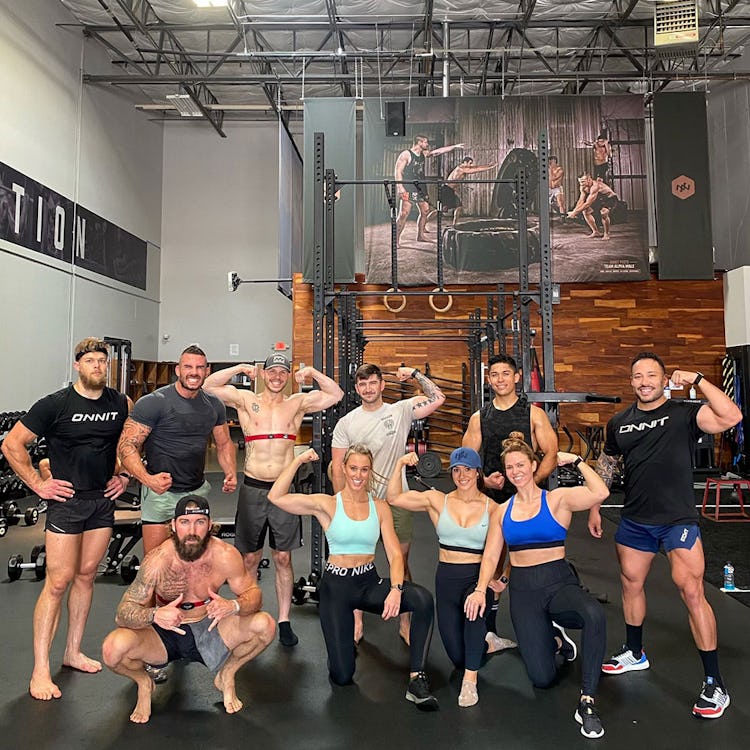
Education, education, education. Going to college, getting certifications, and then working with people in person, honing your skills—because education doesn’t just mean what comes out of a textbook. A lot of people get fixated on what they learned from a book and think, “This is the way to do it,” but then you get a client who doesn’t want to squat with a bar on their back. So what are you going to do to motivate that person? Being dogmatic about training is one of my worst pet peeves. You have to find influences that resonate with you and the people you want to train.
Step Two is work on your people skills. It’s a people-driven business, so you have to be able to communicate and connect with people emotionally—because a person can always pay somebody else to train them and tell them what exercises to do. Knowing how to work out—that’s not the hardest part of being a coach. The hardest part is being able to understand people’s problems and how to fix them. Reading self-help books can help with that. You might not be experiencing the problems the book deals with, but your clients may be. Those books give different scenarios and you’ll come away thinking, “I’m not dealing with that kind of problem, but if someone I’m training is experiencing it, I kind of have an insight now into what to do.”
On top of all that, you have to train people. Get the reps in. I used to train people for free all the time when I was young.
Can you share some of your specific learning experiences—“a ha” moments you’ve had along the way?
The first one that comes to mind is the importance of warming up properly. I made a product for Onnit called My Warmup, Your Workout, so it’s obviously something I value, but I didn’t used to. The Onnit Fitness system that Shane and John created has a high emphasis on warming up, getting every joint nice and ready, and not just going straight into throwing weight up. I learned how to warm up properly, so you don’t go in cold and hurt yourself.
It’s a game-changer. Nowadays, I don’t work out unless I warm up thoroughly. If I only have 40 minutes to work out, I may take 30 minutes to warm up and then maybe do a 10-minute EMOM [performing a set of an exercise Every Minute On the Minute]. That’s changed my game as a coach more than anything else.
Another thing that changed the course of my career was video editing. John and Shane made the trainers at Onnit Gym learn how to shoot and edit video content. It was a pain in the ass—shooting, editing, writing descriptions, and all that stuff. But it helped. It helped my brother Eric [“Primal Swoledier” Eric Leija] start his online business, and now he has his own app. I sell programs online now too.
You spoke about your evolution from personal trainer to coach, and that one of the keys was education. Through your own personal development taking the certs, you eventually came full circle to being involved with developing and teaching an Onnit certification. Can you talk about that experience?

I headed up the Unconventional Barbell Cert, which is a different take on barbell training. We focus a lot on single-arm barbell work, barbell complexes, and using the landmine. It’s a different approach than just your heavy deadlift, bench press, and all those big lifts, although we still cover those.
It wasn’t something that happened overnight. I had to test things out, find out what people wanted to learn, and figure out how to teach it all. Everything is always a pain in the ass in the beginning, but then you’re super thankful at the end because of the process. Same as with working out. Sometimes you’re like, “Oh I gotta go do this and I don’t want to.” But then, when you’re done, you say, “I feel great.”
I leveled up my own education by teaching that cert. It was the next step in my feeling comfortable in my own skin. I think we all have that imposter syndrome where we’re like, “Why am I doing this? Am I doing this right?” But everyone who took the cert was happy with it. That’s what I care about. Yeah, I can snatch the gorilla kettlebells, but I don’t really care what I can do alone. I care if people can do the workouts I write for them. I like it when people can beast out more than I can. “Hey, Juan, that workout you just did? This is the time I got on it.” And then I’m like, “Shit, you beat me by two minutes? That’s bad ass.”
The main overall theme of Onnit has always been Total Human Optimization—this idea that we’re all striving to be better in every aspect of our lives. Onnit offers products and education to help people in all different ways. I want to get your thoughts on all of them. Let’s start with supplements. Do you have a favorite? What’s your go-to?
Shroom Tech® SPORT, Total Nitric Oxide, and Glutamine are by far my favorite. I take those daily because I do a lot of conditioning training that makes some people say, “Ah, that guy is crazy.” Shroom Tech® SPORT helps me out so much. I notice a huge difference in my endurance. I also like Total GUT HEALTH™ because, obviously, I eat a lot [laughs].
I like HYDRATech™ Instant so I can replenish electrolytes. I used to be a Gatorade addict, but those sports drinks tend to have more sugar than I’m looking for.
Fitness equipment? I know you love to use them all, but if there was one piece you had to choose, what would it be?
Kettlebells.
What would you say is your favorite cert, and what’s your favorite digital offering from Onnit?
Probably the kettlebell cert. When I first took it, I had been doing more barbell training. At the end of the cert, they let you flow with the kettlebell for 10 minutes, and I thought, “I’m a thick guy, but I can move decently.” I really got to explore movement with the kettlebell that I hadn’t before, and I learned to love kettlebells. It was the first unconventional tool that I was introduced to.
The Foundations cert was probably the most beneficial one for me, though. Or maybe Durability. For those who are looking to start training, those are two great certs that kind of touch on everything we do.
For digital products, the Onnit 6 Bodyweight program is a great one for beginners. I think all the Onnit 6’s are great, because once you do one you’ll want to go on to another one. It just depends on what adventure you want to take next.
What does a recovery day look like for you?
I still like to do something active. Sundays are my recovery days, so I’ll go for a walk with the dog for two to four miles. I’ll go get a massage, and I’ll eat whatever—ice cream, tacos, you name it. Then I might do an Onnit 6 workout or Onnit in 30 on an easy level just to move around. I’ll throw it on my TV and train at home.
What’s been your favorite memory, so far, coaching at Onnit Gym?
I have so many, because I feel like I’ve made family members coaching at this gym. But I’ve loved working alongside Eric, my little brother. Seeing him develop and being able to share that experience with him.
How have you found a balance between working hard and having fun?
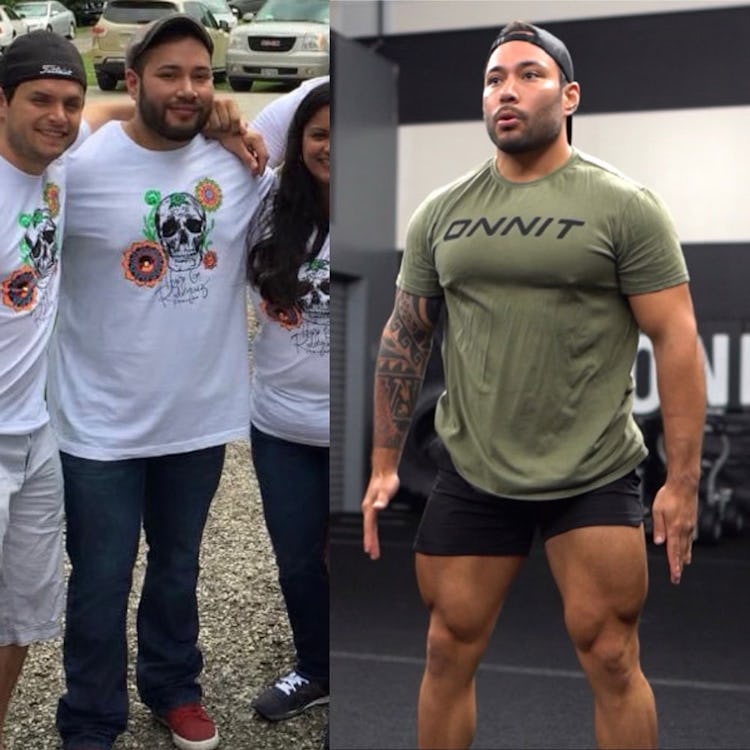
That’s something that I think I struggled with the majority of my life. I used to overeat and drink a lot of tequila, and that led to a lot of gut issues. I think balance is learning to reward yourself when it’s a special occasion, and the rest of the time being more disciplined. I love fitness and feeling great. When I felt like crap on the weekends after partying, and I couldn’t show up 110% for my clients, I knew I wasn’t practicing what I preached. Now I tell clients to line up their program with a wedding or a birthday party, and have that program run till then. You put the work in before the event, and then have fun and enjoy it. Afterward, you get back on that horse.
You’re known for your massive legs. How do we get quads like yours?
I used to do narrow-stance squats for high volume. That was the catalyst for my legs. I’d do 5 sets of 20 reps with 225 pounds. That’s a lot of work. I did plenty of leg extensions too, and I’ve always done plyometrics—squat jumps, plyo lunges. I still do a lot of double kettlebell front squats, and lots of biking.
What are your thoughts on becoming a trainer later in life? As in, not the typical age one starts out to become a personal trainer.
I think you should do it. I feel better now than I did at 21, 22, 23, 24. I think anyone can do it. Get the right education; surround yourself with the right team. If you can’t find that team yourself, the Onnit Tribe is a great place to go. There are a lot of different communities you can join today online that you can learn from.
I’m always impressed by the older coach who’s still doing it. I’d rather learn from that person than the 24 year-old that’s shredded. Not to take away from what a younger person has accomplished, but at that age, you’re still growing. When I see someone who’s older and still living this lifestyle, and they look much younger and feel much younger than they’re supposed to, I’m going to go with that person.
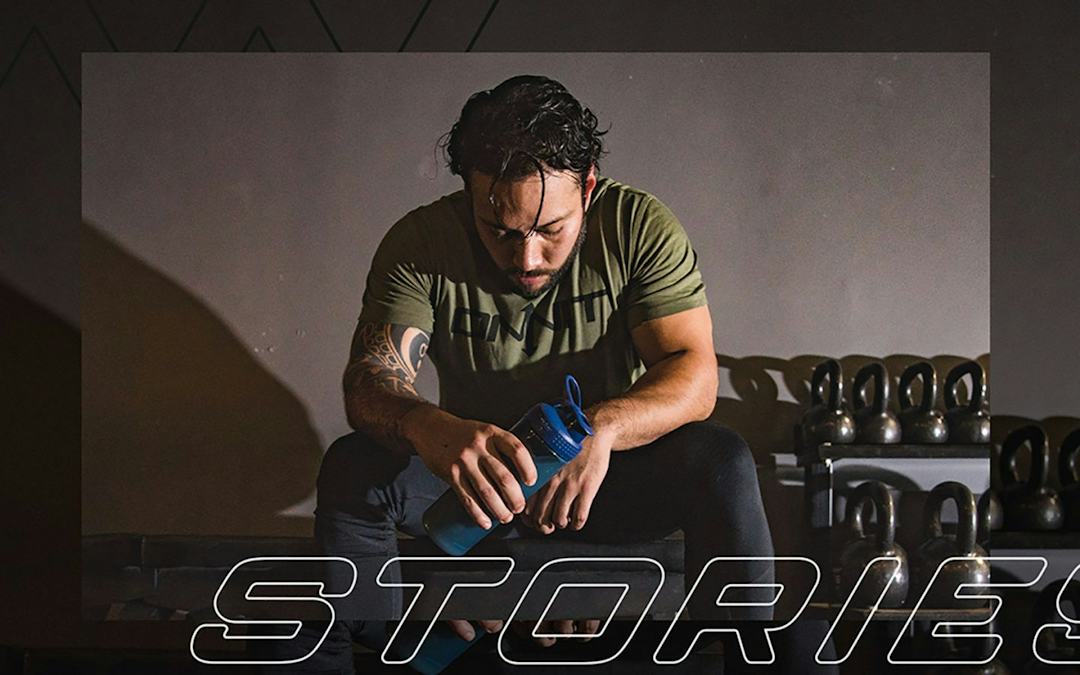
)
